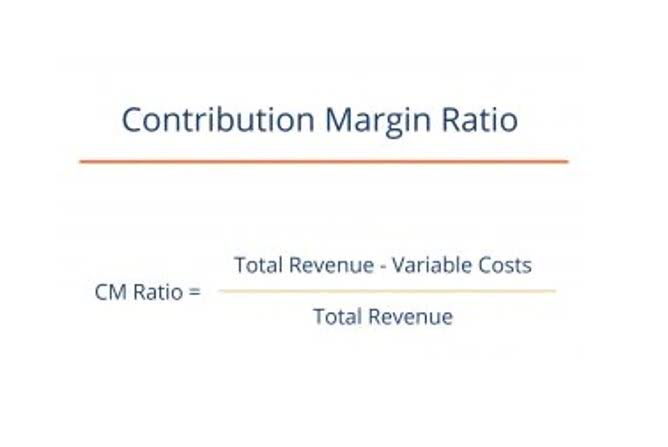
The customer has $5,000 in unpaid invoices, so its allowance for doubtful accounts is $500, or $5,000 x 10%. The company now has a better idea of which account receivables will be collected and which will be lost. For example, say the company now thinks that a total of $600,000 of receivables will be lost. The company must record an additional expense for this amount to also increase the allowance’s credit balance. Because the allowance for doubtful accounts is established in the same accounting period as the original sale, an entity does not know for certain which exact receivables will be paid and which will default. Therefore, generally accepted accounting principles (GAAP) dictate that the allowance must be established in the same accounting period as the sale, but can be based on an anticipated or estimated figure.
Allowance for doubtful accounts: Methods & calculations
For the company with $200,000 in A/R and $2,000 in Allowance for Bad Debt, the Net A/R is $198,000. It is rare for an entity to be able to collect all of their allowance for doubtful accounts in balance sheet Accounts Receivable (A/R). This means that in order to present an accurate assessment of A/R, we need to determine how many A/R are not receivable in full.

Estimating the Amount of Allowance for Doubtful Accounts
The allowance, sometimes called a bad debt reserve, represents management’s estimate of the amount of accounts receivable that will not be paid by customers. The accounts receivable aging method uses your company’s accounts receivable aging report to determine the bad debt allowance. In the percentage of sales method, the business uses only one percentage to determine the balance of the allowance for doubtful accounts. The Percentage of Sales, also known as the income statement method (because sales are reported on the income statement), calculates the Allowance for Bad Debt as a percentage of total sales. If sales are $10,000,000 and it is estimated that 2% of that will be uncollectible, then $200,000 will be estimated as an allowance for bad debt.
Balance Sheet Aging of Receivables Method for Calculating Bad Debt Expenses
- The bad debt expense is entered as a debit to increase the expense, whereas the allowance for doubtful accounts is a credit to increase the contra-asset balance.
- Suppose that a firm makes $1,000,000 in credit sales but knows from experience that 1.5% never pay.
- The Allowance Method is used to estimate the amount of uncollectible A/R for an accounting period before the actual amount is actually known.
- Therefore, generally accepted accounting principles (GAAP) dictate that the allowance must be established in the same accounting period as the sale, but can be based on an anticipated or estimated figure.
- Allowance for Doubtful Accounts is a contra-asset account that shows up right after the Accounts Receivable amount on the Current Assets section of the balance sheet.
If the following accounting period results in net sales of $80,000, an additional $2,400 is reported in the allowance for doubtful accounts, and $2,400 is recorded in the second period in bad debt expense. The aggregate balance in the allowance for doubtful accounts after these two periods is $5,400. The bad debt expense account is the only account that impacts your income statement by increasing expenses. All other activities around the allowance for doubtful accounts will impact only your balance sheet.
- Unlike the rest of the accounts, the Allowance for Doubtful Accounts (AFDA) is not something that shows up on the financial statements.
- Get instant access to lessons taught by experienced private equity pros and bulge bracket investment bankers including financial statement modeling, DCF, M&A, LBO, Comps and Excel Modeling.
- If there is a large, unexpected default, you can rest assured that we will pay the claim, effectively eliminating what could have been a devastating bad debt loss.
- GAAP since the expense is recognized in a different period as when the revenue was earned.
For example, if your current accounts receivable balance is $8,000, the actual value of the account would be $5,000. In the example above, we estimated an arbitrary number for the allowance for doubtful accounts. There are two primary methods for estimating the amount of accounts receivable that are not expected to be converted into cash.
If the present balance is $0, the journal entry will be a debit of $10,000 to Bad Debts Expense and a credit of $10,000 to Allowance for Doubtful Accounts. In accordance with GAAP revenue recognition policies, the company must still record credit sales (i.e. not cash) as revenue on the income statement and accounts receivable on the balance https://www.bookstime.com/ sheet. In accounting, the word provision is used to emphasize the bad debt expense is an estimate. To say you are recording a provision for doubtful accounts means you are estimating the amount of bad debt expense necessary for proper accounting. Good internal control requires a systematic approach to determine adequacy of the allowance.














